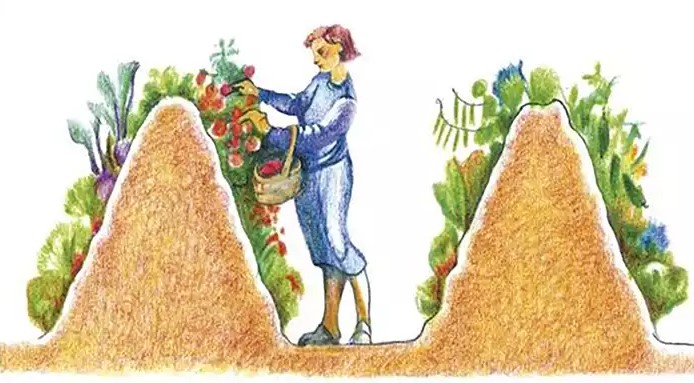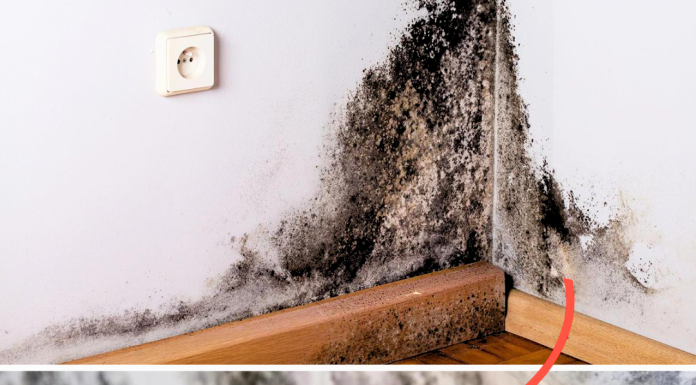Hugel beds, also known as hugelkultur beds, are an innovative gardening technique that’s gaining popularity for its ability to improve soil fertility, conserve water, and increase plant productivity. One variation of these beds, recommended by renowned permaculturist Sepp Holzer, is the steep hugel bed. In this article, we’ll explore what steep hugel beds are, why Sepp Holzer recommends them, and how to create your own to enhance your garden’s efficiency.
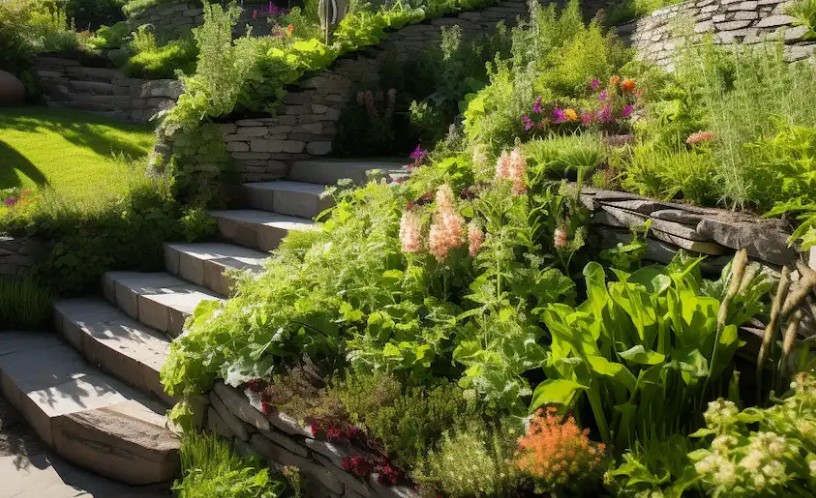
What Are Steep Hugel Beds?
Steep hugel beds are an elevated variation of traditional hugelkultur beds. Hugelkultur is a German term that translates to “hill culture,” and it involves creating raised garden beds filled with organic materials like logs, branches, leaves, and compost. These materials decompose over time, providing a continuous source of nutrients to the plants.
Steep hugel beds, as the name suggests, have a steeper slope or incline. This design offers several advantages for gardeners looking to maximize their garden’s potential.
Why Sepp Holzer Recommends Steep Hugel Beds
Sepp Holzer, a renowned Austrian farmer and permaculture practitioner, is known for his pioneering work in agroforestry and ecological farming practices. He recommends steep hugel beds for several reasons:
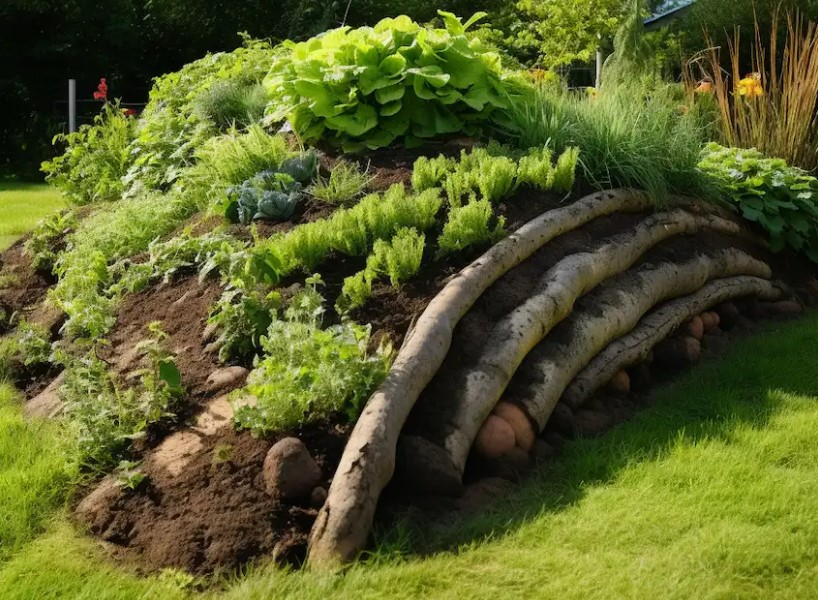
1. Compaction Prevention:
Over time, traditional hugelkultur beds can suffer from soil compaction due to the pressure applied by gardeners and natural forces. Steep hugel beds minimize this issue as the steep slope prevents excessive foot traffic on the bed’s surface.
2. Increased Surface Area:
Steeper beds mean more surface area in your garden for planting. This increased planting space allows you to grow more crops and diversify your garden.
3. Easy Harvesting:
The height of steep hugel beds makes harvesting easier, as you don’t have to bend down as much. This ergonomic advantage can significantly reduce strain on your back and knees.
4. Improved Water Retention:
Like traditional hugelkultur beds, steep hugel beds excel at water retention. The organic materials within the bed act like sponges, soaking up moisture during rainy periods and gradually releasing it to the plants during dry spells. This can lead to reduced irrigation needs and increased drought resilience for your garden.
Creating Your Steep Hugel Bed
Now that you understand the benefits of steep hugel beds, you may want to create one for your garden. Here are the basic steps:
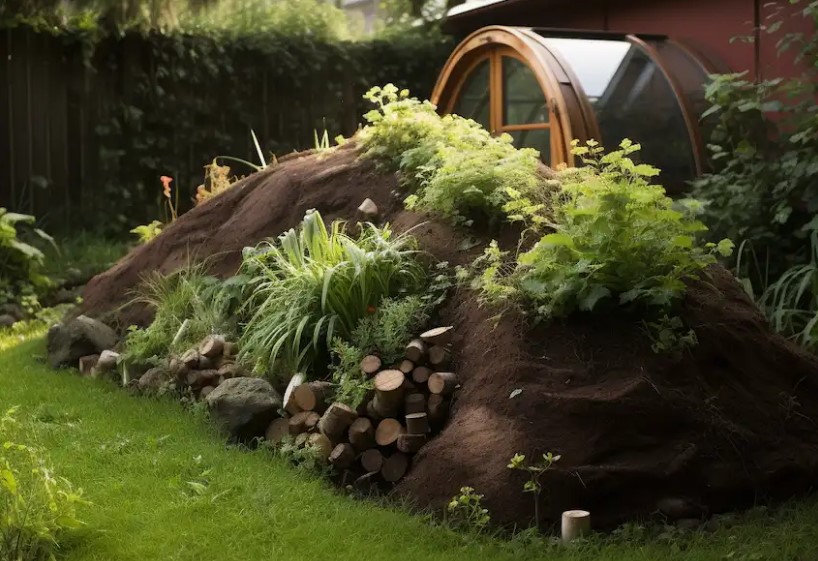
1. Choose a Location:
Select a suitable location for your steep hugel bed, ensuring it receives adequate sunlight and has good drainage.
2. Gather Materials:
Collect logs, branches, leaves, and compost materials. The larger logs should form the base, followed by smaller branches and organic matter.
3. Build the Bed:
Stack the materials to create a steep, raised bed, ensuring stability and an even slope. The bed’s height can vary depending on your preference.
4. Plant Your Garden:
Once the bed is established, plant your desired crops. Consider companion planting and crop rotation strategies to maximize productivity.
5. Maintenance:
Keep an eye on moisture levels and add organic matter as needed to maintain soil fertility
By following these steps and heeding Sepp Holzer’s advice on steep hugel beds, you can create a more efficient and productive garden that conserves water, prevents soil compaction, and simplifies harvesting, all while enjoying the benefits of sustainable gardening practices.


